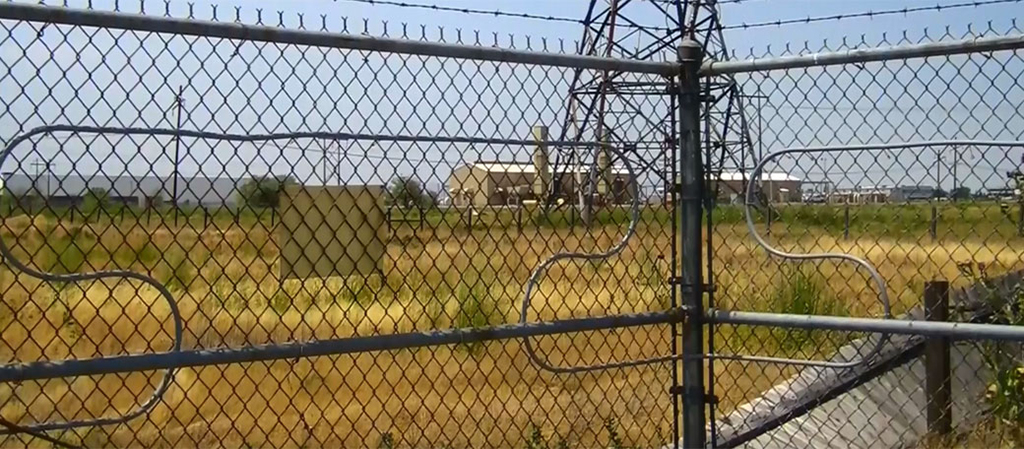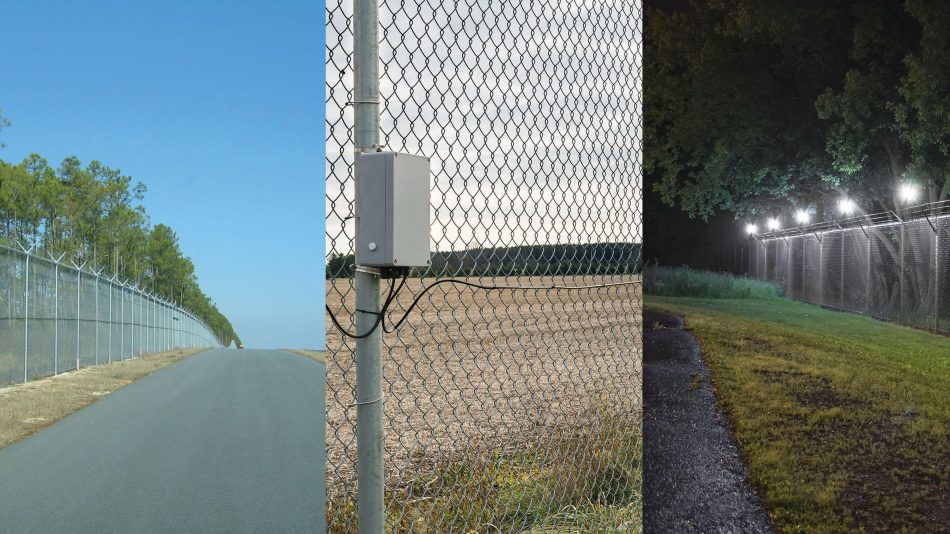How Fiber Security Helps Prevent Intrusions and Improves Surveillance
How Fiber Security Helps Prevent Intrusions and Improves Surveillance
Blog Article
Why Fiber Optic Security Systems Are the Future of Security
The change to fiber optic safety systems marks a significant innovation in the world of security, driven by their remarkable information transmission capacities and strength to exterior interferences. These systems not just facilitate faster and a lot more reliable communication however likewise provide a cost-efficient service with minimized maintenance requirements. As the landscape of safety advances alongside arising innovations such as AI and IoT, the capacity for fiber optics to improve and redefine safety and security infrastructures comes to be increasingly apparent. The implications of these innovations increase crucial inquiries about the future of safety actions and their performance in an ever-changing setting.
Benefits of Fiber Optic Equipments
Among the main advantages of fiber optic systems is their exceptional bandwidth capacity, which promotes the transmission of huge quantities of data over cross countries without substantial loss. This particular is especially helpful for safety applications that need the continuous monitoring and transfer of high-def video feeds, sensor information, and various other vital information. Optical fiber can suit the expanding demands of modern protection systems, making sure that data remains undamaged and trustworthy.
Furthermore, fiber optic cable televisions are less at risk to electromagnetic interference, which can be a substantial problem in environments with numerous digital devices. This resistance boosts the stability of the data being sent, consequently lessening the risk of information violations or system failings. Fiber optic systems are naturally much more safe and secure than standard copper wires, as tapping right into a fiber optic line without detection is exceptionally challenging.
The resilience of fiber optic wires also contributes to their allure. They are immune to environmental elements such as moisture and temperature level changes, reducing maintenance costs and enhancing system long life. In general, these advantages position fiber optic systems as a robust and efficient choice for modern safety and security frameworks, ensuring trustworthy and secure data transmission.
Improved Data Transmission Rate

The capacity to transmit large quantities of information quickly helps with the smooth assimilation of high-def video feeds and advanced analytics. Safety and security systems can now refine and assess details in real-time, improving action times and situational recognition. Additionally, fiber optic connections sustain longer transmission distances without deterioration of signal top quality, making them perfect for large safety and security networks.
The boosted rate of fiber optic systems not only improves the effectiveness of safety procedures however likewise decreases latency. This is especially essential in vital circumstances where timely decision-making can prevent security violations or minimize possible dangers. As organizations remain to prioritize safety and security and performance, the demand for quick and dependable information transmission will certainly strengthen fiber optic systems as a keystone of modern safety and security framework.
Resistance to Interference
Fiber optic security systems continually show extraordinary resistance to electromagnetic disturbance, an essential advantage in environments vulnerable to electronic noise. Unlike standard copper cable televisions, which can be negatively influenced by magnetic fields, radio regularity interference, and various other forms of electric disturbance, fiber optic wires use light to transmit information. This inherent residential or commercial property ensures that the signals stay clear and unaltered, no matter of bordering electronic task.
Making use of glass or plastic fibers in fiber optic modern technology creates an obstacle against disturbance, enabling reliable information transmission even in difficult scenarios such as commercial centers, urban locations with high electronic traffic, or places near radio towers. This characteristic dramatically minimizes the probability of signal deterioration or loss, making fiber optic systems particularly ideal for safety applications where integrity and precision of data are extremely important.
Furthermore, this resistance to interference boosts the overall performance and dependability of protection systems, ensuring that tracking and sharp systems operate perfectly. In a globe where protection is increasingly endangered by innovative modern technologies, the resilience of fiber optic systems stands apart as an essential attribute, strengthening their standing as an important element of contemporary safety framework.
Cost-Effectiveness With Time
Significant cost savings can be achieved over time with the implementation of fiber optic security systems. While the initial investment may seem higher compared to traditional copper-based systems, the long-term financial benefits become noticeable with reduced operational and maintenance costs (fiber security). Fiber optic wires are inherently much more long lasting and less vulnerable to environmental factors, which equates to reduce replacement and repair expenditures over their life-span
Moreover, fiber optic systems need less power to operate, which further reduces power expenses. Boosted data transmission capacities allow for less repeaters and amplifiers, minimizing tools investment and enhancing installation processes. The scalability of these systems additionally adds to cost-effectiveness, as companies can expand their safety framework without incurring considerable additional costs.
An additional factor to think about is the link raised efficiency in tracking and feedback capabilities that optical fiber give. Enhanced real-time data transmission can bring about quicker incident reaction times, possibly mitigating losses and responsibilities connected with safety violations. Altogether, the long-term benefits of fiber optic security systems not only validate the preliminary expense yet additionally place them as a financially prudent choice for organizations seeking robust security options.

Future Innovations in Safety And Security
Progressing modern technologies are readied to reinvent protection systems, integrating artificial knowledge (AI) and device discovering to boost threat detection and action abilities. These technologies will allow safety and security systems to examine substantial quantities of information in real-time, identifying patterns and anomalies that indicate potential risks. This positive technique will allow quicker decision-making and much more efficient event responses.
In addition, the incorporation of the Internet of Points (IoT) is leading the way for interconnected safety and security devices, supplying extensive monitoring and monitoring. Smart sensing units can communicate info concerning environmental changes, while automated informs can notify safety and find more information security workers right away of dubious activities.
In addition, the evolution of biometric innovations will certainly further reinforce protection devices. Face recognition, finger print scanning, and retina identification are ending up being extra advanced, supplying layers of authentication that are tough to bypass.
Conclusion
In conclusion, fiber browse around this web-site optic safety systems represent a considerable development in protection technology, using unmatched information transmission rate, resistance to electromagnetic interference, and long-lasting cost-effectiveness. As the demand for advanced safety and security solutions proceeds to expand, the assimilation of fiber optics with arising innovations such as AI, IoT, and biometrics will even more enhance security facilities (fiber security). The combination of these developments will guarantee a more protected and responsive atmosphere, solidifying optical fiber as a foundation of future safety systems
Report this page